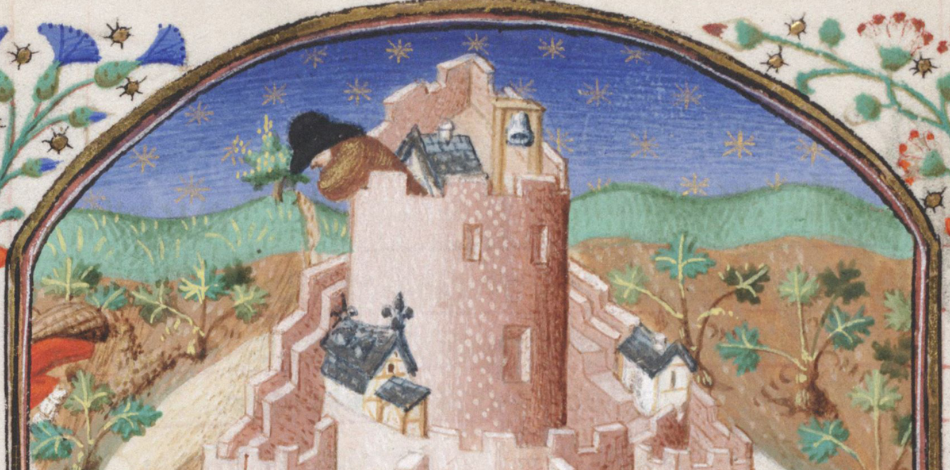The Schoenberg Center for Electronic Text and Image Celebrates 25 Years

The Penn Libraries’ digitized collections of primary sources give people all over the world the opportunity to page through medieval manuscripts, experience the remarkable voice of 20th century singer Marian Anderson, understand the early history of the University of Pennsylvania, and so much more. Materials like these are available online thanks to the hard work of SCETI––the Schoenberg Center for Electronic Text and Image. Thanks to a generous gift from Lawrence J. Schoenberg, multiple grants from the National Endowment for the Humanities and Council on Library and Information Resources, and private donations, SCETI has spent the past 25 years digitizing collections from the Penn Libraries, partnering cultural institutions, and private collections, and making them widely available online.
"Larry was an inveterate collector of medieval and renaissance manuscripts. He was passionate about preserving their content and sharing their knowledge with others,” says Barbara Brizdle, Schoenberg's surviving spouse and a member of the Penn Libraries Board of Advisors. “In providing the seed money for SCETI, Larry was able to set in motion Penn’s leadership role in the digitization of cultural and historical knowledge, thus making their content available to scholars worldwide. I am so pleased that SCETI has enabled the Penn Libraries to share their vast collections, as well as those of others, with a broader audience."
When SCETI was founded in the mid-1990s, the field of digital humanities was still fairly new. “Larry Schoenberg was one of the great visionaries of the 20th century in terms of the potential of digitization and the digital humanities,” says David McKnight, who led the Center from 2006 to 2012. Efforts to curate, digitize, and make available materials in these early years required experimentation and innovation. “We had student workers bring in these big folios and put them on the scanning bed, lower the camera, and put it in position,” he explains, describing a painstaking process that required four minutes to digitize a single page. “And when I think of those days compared to what we're doing now, it's amazing.”
Creating a world-class digitization effort required investing in technology, like the single-shot mega-pixel cameras that replaced earlier digital camera technology, but it also required investing in skills. Today, SCETI’s digital camera operators are experts in their own right, who combine their background in photography and their knowledge of handling rare materials to create images that are both crucial for researchers and visually breathtaking. Says McKnight, “It’s vital to have a set of eyes trained to shoot with a camera, trained to correctly turn the pages with their hand or with a wand, trained to get the best shot. Ironically, it’s not machine-driven. It’s human-driven.”
As digital technologies and research needs change, SCETI will continue to innovate. “We are excited to work with new technologies and to develop new methods for capturing and revealing our collections,” says Michael Overgard, the current head of the Center. Like McKnight, he emphasizes the role people play in imagining the future of SCETI. “What we do now can affect the way users interact with our collections for years to come."
Date
September 27, 2021
